I have scoliosis. I found out in 6th grade when I went to the doctor for a check-up and he did the test where you touch your toes. He noticed a curve in my spine and recommended that I see an orthopedic surgeon. My spine had a sixteen-degree curve. According to iScoliosis.com, 80% of individuals with scoliosis are idiopathic which means that there is no known cause. My scoliosis falls into the idiopathic category. The doctor told us that the scoliosis might not get worse but that we should come back at the end of the summer.
I went away to sleep away camp and one of my friends had scoliosis and a back brace. We became good friends and, when the summer ended, and I found out I would also need a brace she was the first person I called for advice. The second person I asked for advice was my friend Tally, the president of the club I was a member of, Understanding Disabilities. I remember sitting with her on the couch after meeting and breaking into tears after asking whether scoliosis is a disability. I now know that scoliosis is not a disease—it is a descriptive term. All spines have some degree of curvature but individuals with scoliosis have, “abnormal side-to-side (lateral) curves, in the spinal column.” I got measured for a back brace with a specialist that people travel across the country to see. He was in Brooklyn and when my mom and I drove there we were shocked. There was a pigeon on the stoop, the entire office was the size of a closet, and the building was surrounded by tombstone engraving companies.
I got my brace a few weeks later after the lab had burned the original set of X-rays. I was in art class when people noticed it. A friend said I looked stiff that day and I explained that I was wearing a brace. My shoe was untied, and when she realized that I couldn’t bend over to tie it, she came over and did it for me. Luckily, she wasn’t the only person who treated me kindly. My friends and I would joke that I had abs of steel. Having a back brace definitely wasn’t my sexiest look but my friends’ acceptance and understanding made it much more bearable. Unfortunately, I wouldn’t see as much of them. I missed a few hours of school once a week to have certain parts of the brace shaved off and altered because they would dig into certain parts of my body leaving cuts and bruising. I also met with a physical therapist twice a week.
I wore the brace all day except for showering, physical therapy, and horseback riding (like most preps, I was an avid equestrian). I learned that sleeping with a back brace is more comfortable if you have a pillow between your knees and sleep on a mattress with a foam topper. I also learned to wear soft undershirts under the brace (I recommend James Pearse, Petite Bateau, and Hanes). When I first got the brace I would only wear sweatpants because I couldn’t get any other pants to fit over the brace. After a few weeks, I began wearing jeans under the brace and allowing the part over my hip to be exposed. My next outfit solution was to go to maternity stores to shop for pants with stretchy elastic around the waistband (p.s. Pea in the Pod has Joie, Joe’s Jeans, Splendid, Velvet, Vince, 7 For All Mankind, AG Jeans, Citizens of Humanity, Hudson, J. Brand, and Lilly Pulitzer!). I wore the brace for a year and a half.
When I found out I didn’t have to wear it anymore I was thrilled; however, it came with a catch. A back brace doesn’t fix a curve–it can only be used to try to prevent the scoliosis from getting worse while the individual is growing. When you are growing your spine is also growing and there is a greater likelihood that the scoliosis will worsen. After a year and a half, I had stopped growing and it wasn’t likely that my curve would become worse. I still went to the orthopedic surgeon every six months for x-rays and, although my curve continued to get worse, it was not enough to need surgery.
Having a back brace means that you don’t have to support your back and your core gets very weak. I began to take pilates classes in addition to horseback riding in order to regain strength. If you have scoliosis I would recommend swimming, pilates, yoga, and ballet. It is a very good idea to exercise but make sure to stop anything that is painful (I don’t roll like a ball in pilates class).
During the summer between my freshman and sophomore year of college, I went to the orthopedic surgeon and found out that I needed surgery. I fainted but when I came to I spoke with the doctor and my dad. I often cope with fear by making jokes so, when the doctor was explaining the procedure, I asked if they could do breast implants while they were at it. The doctor seemed to contemplate it but my dad didn’t find it as funny.
Surgery is recommended when the curves get to be 40 or 45 degrees or higher. Surgery can correct curvature by around 50% and can help to prevent further progression of the curve. I’m not going to go into the specifics of the surgery, because frankly, it makes me queasy, but it generally involves bone fusion and a rod. Recovering from surgery is a long process and is often painful. The night that I found out that I had to have surgery I couldn’t sleep and kept researching and reading people’s stories about the surgery. I don’t think I slept well for two weeks. I began planning to take the fall of my sophomore year off in order to have the surgery and recover. I didn’t want to do the surgery over the summer because I was selected to be a White House intern and didn’t want to give up on the once-in-a-lifetime opportunity. The nurse at the doctor’s office would call during the workday to tell me the results of various MRI tests and X-rays.
I decided that I needed to get a second opinion—not because I thought that I would be able to avoid surgery—but because I knew that I needed to be with the best possible surgeon. Most parents probably would have dismissed my request by telling me that I was just in denial but my parents listened to me. We scheduled an appointment with a doctor at the Hospital for Special Surgery and New York-Presbyterian Hospital. Dr. Boachi-Adjei is the Chief of Scoliosis Service.
According to Surgery Saved My Life: Patient and Doctor Bios by the Discovery Channel, Dr. Boachi-Adjei was, “raised by a poor, single mother, a circumstance that fostered Boachie’s determination, resourcefulness, persistence and take-charge attitude. As an 8-year-old in the city of Kumasi, Ghana, Boachie-Adjei nearly died from a severe gastric illness. When the herbal remedy prescribed by a local healer did little to help, his family was, fortunately, able to track down one of the country’s few physicians — a pediatrician who had returned to Ghana after training in the U.K. The doctor came to the young boy’s aid, successfully treating him with modern medicine. The experience inspired young Boachie-Adjei to pursue medicine as a career and also served as a reminder to keep his mother country close to his heart. Dr. Boachie came to New York as a 21-year-old immigrant. He worked three jobs before school started and held part-time jobs while a full-time student at Brooklyn College.” He graduated summa cum laude and went to Columbia University’s College of Physicians and Surgeons. Dr. Boachi-Adjei is also an inventor and holds several patents for devices used in spine surgery.
After establishing himself as one of the leading spine surgeons, Dr. Boachi-Adjei dedicated himself to launching a foundation to provide orthopedic and spine services to people in Ghana and other developing nations who do not receive adequate medical care. Using his own money for start-up costs, Dr. Boachie-Adjei launched FOCOS (Foundation of Orthopaedics and Complex Spine) in 1998. ‘FOCOS was a dream come true for me and for countless others who suffer from spine and orthopedic afflictions in Ghana,’ he said. The foundation’s efforts were expanded to Barbados in 1999, and Dr. Boachie and the FOCOS board are working to extend its services further in West Africa. Already, patients from Ethiopia, Sierra Leone, Poland, and the UAE have been treated in Ghana as an affordable alternative to treatment elsewhere. “Dr. Boachie says, ‘I believe in the notion that the practice of medicine is a privilege, not a right and that our talents have been given to us to benefit the sick and suffering. I learned of giving back early in life; I am alive today because someone served and gave back. Service is our destiny. Albert Schweitzer, a Nobel Prize laureate, said, ‘I don’t know what your destiny will be, but one thing I do know: the only ones among you who will be really happy are those who have sought and found how to serve.'”
You are probably wondering why I am raving about Dr. Boachi-Adjei and I’m sorry for keeping you in suspense. When I went to Dr. Boachi-Adjei he took five or six elaborate X-rays where I stood against a wall or laid down on a table in different positions. He took all different types of measurements before speaking but, when he did, he told me that the former doctor had been off in his measurement by enough that I wouldn’t need surgery. I was stunned and elated and Dr. Boaci-Adjei will always be one of my heroes, not just because I narrowly avoided surgery, but because his charity helps so many individuals.
It has been hard for me to write this post but I think that it is important for me to share my story so that I can help other people dealing with scoliosis. I also wanted to draw attention to Dr. Boachi-Adjei’s organization—FOCOS.
If you, or someone you know, has scoliosis please feel free to email me at thepreppypostgrad@gmail.com. Please feel free to leave a comment with your own tips and advice. I’d love to be able to use this post to provide advice and support. If you’d like to read another blogger’s story about scoliosis please check out the blog curvy spine. It is truly an inspiration.








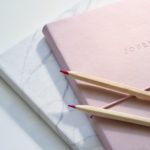
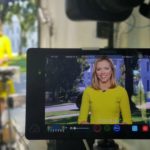

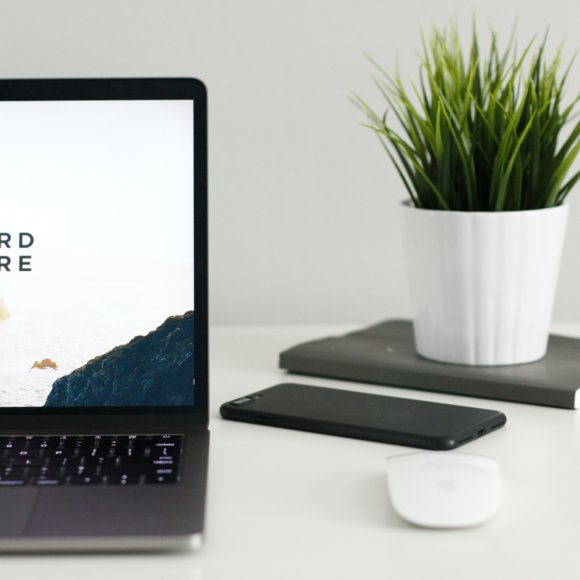






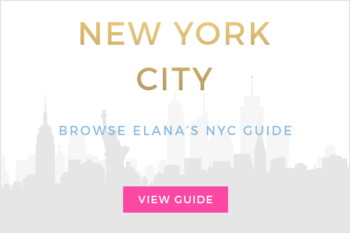

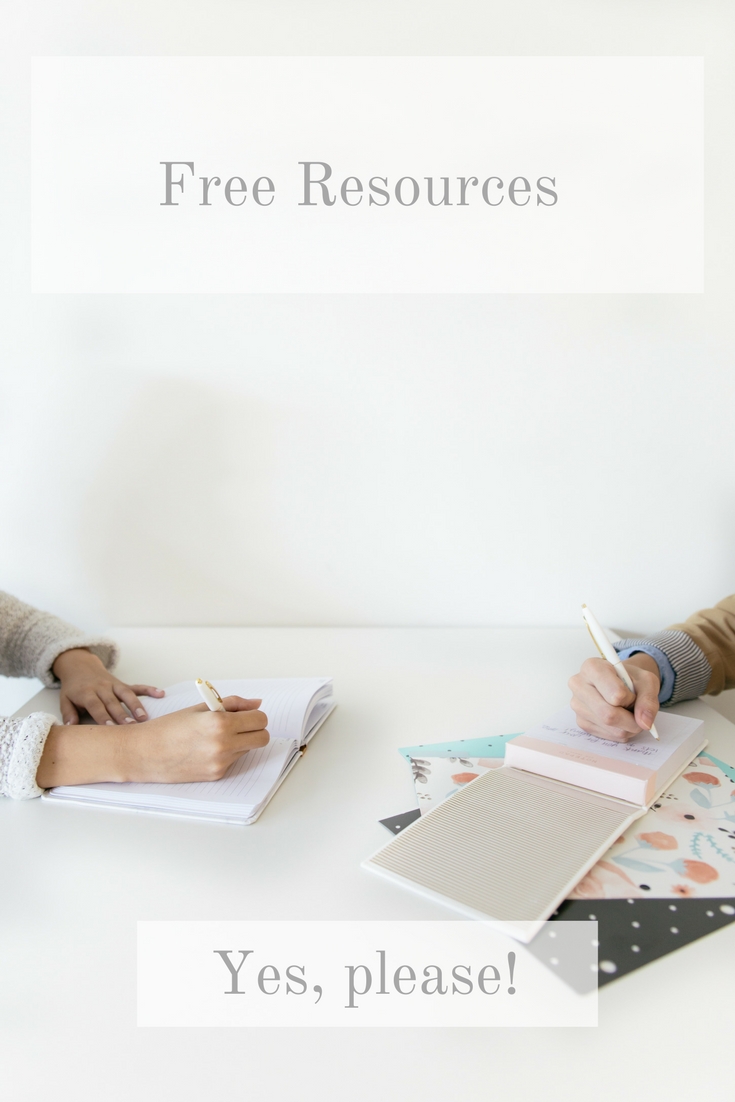







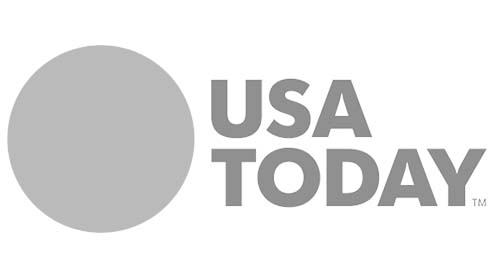



3 Responses to My Scoliosis Story